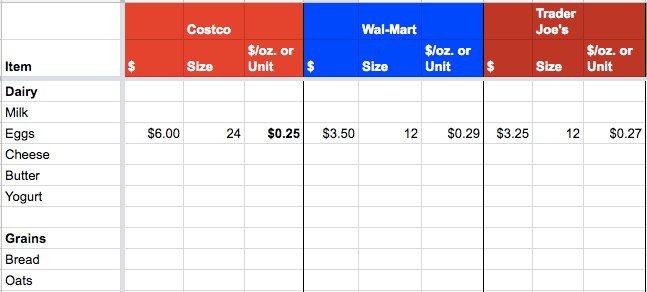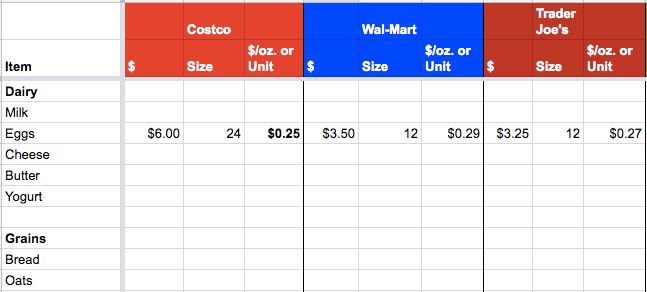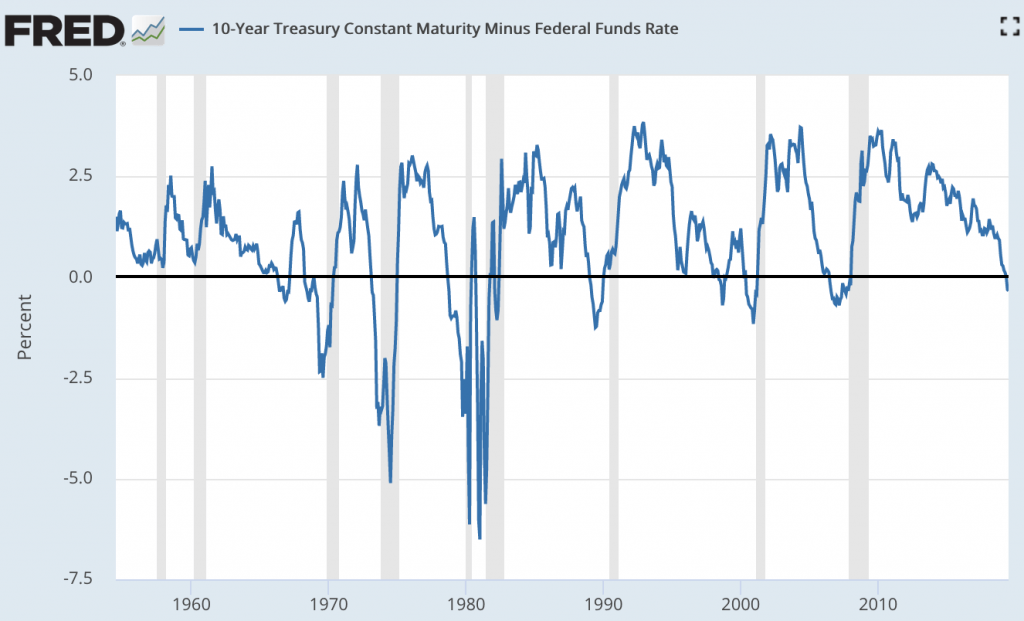Aside from housing, my largest expense category, by far, is groceries. This is partly because I’ve cut everything else to minimalist levels, partly because I have expensive/healthy tastes, and partly because I rarely dine out (side note: sadly, restaurant expenses have recently surpassed grocery expenses for the first time ever. As a result, I’ve had a laser-like focus on saving money on my grocery bill for a number of years, without sacrificing good food.
There are a lot of things that one can do to cut grocery costs:
- You could get in to extreme couponing and spend hours on a weekly basis clipping coupons and stealing your neighbors coupon flyers, or diving in the dumpster for them (yes, that is a real thing). Frankly, I don’t have the time or patience and I don’t like the inconsistency (or smelling like a dumpster).
- You could pre-scan grocery store flyers to see what the specials are for the week, meticulously work out a plan of attack, and then drive around to 7 different grocery stores on different days to get those sale items. Again, I don’t have the time or patience for the practice or the inconsistency.
- You could turn in to a robotic consumption machine and completely change your diet and tastes to focus on eating only a handful of the same high nutrient items and dishes, meal after meal after meal. I simply don’t have the appetite for this.
I’m not knocking those who do those things. In fact, I have respect for consumers who can stick to those plans. But I’m not one of them. I love my variety and I’m big on eating healthy, mostly vegetarian, mostly organic food. And there is nothing I hate more than going shopping.
All that being said, it does not mean that I’m irresponsible or wasteful with my food spending. But I’ve had to find other ways to cut my grocery bill. And what I’ve found is that there are a few easy, reliable, consistent, and efficient ways that you can cut grocery expenses. And the good news is that they are universal and can be repeated as habit by everyone!
- Opt for generic and store brands: more often than not generic and store brands are notably cheaper than their big name counterparts. And often times, the product comes from the same producer/factory. You’d think everyone would know this by now, but aisles are still overwhelmed with expensive brand name products, with billions in ad dollars spent to convince you to stay loyal to them.
- Don’t buy pre-made, pre-packaged foods: sure, a few quick/convenient items here and there are fine, but try to focus on only purchasing 1-ingredient items and then <gasp> combining and cooking them up (here are some favorite cheap breakfast, cheap lunch, cheap dinner recipes). Cooking is one of the best money-saving skills you will ever develop. And it’s healthier. And cheaper. And when you buy 1-ingredient commodities, you can much more easily buy store/generic brands and get them in bulk.
- When you find your favorite items on sale, load up. Be cognizant of expire dates and buy for many months ahead. If you have the space for an efficient freezer chest, this can be an excellent way to save.
- Plan out your meals for the week, make a list, and stick to it. Less trips = less impulse buying and food waste.
Sticking to these 4 behaviors will go a long way, but it will also allow you to bust out the secret weapon to cut grocery expenses: the per volume grocery price list spreadsheet.
How to Use a Per Volume Grocery Price List Spreadsheet to Save Money on Food
I don’t think I really learned how to wisely shop for groceries and cut grocery costs until I learned the power of a per volume grocery price list spreadsheet.
The concept is fairly simple – you price out the food staples that you buy, on a per volume (or per unit) basis at each of the main grocery stores that are within a reasonable driving distance.
Most items should be priced out on a per ounce basis – because it’s rare that the packaging sizes will be identical at all stores. Some items, i.e. eggs, bananas, or vitamins, can be priced out on a per unit basis.
Completing this exercise will require you to do a bit of up-front work, but that work can save you hundreds, if not thousands each year on food costs. And it also has the added benefit of reducing the amount of overwhelming choices you have to make and time you spend each time you walk in to a grocery store.
To make it even easier on you, I’ve gone ahead and created a grocery price list spreadsheet, free for your use. Here’s the link:
Grocery Price List Spreadsheet, Per Volume (Google Sheets)
(You’ll notice that you cannot edit this spreadsheet. In order to save and edit your own version of this spreadsheet, log in to your Google account, select ‘File’, and ‘Make a Copy’. Now you should be able to edit your own version in Google Docs. .
If you prefer an offline Excel (.xlsx) or .ods spreadsheet, you can also select ‘File’ and ‘Download As’ to download those formats.)
Here, you can see an example of the price list in action:

Step-by-step:
- Price each regularly priced item out by volume or unit (whichever makes more sense for that item), by grocery store.
Doing so will allow you to cut your grocery costs, save you serious time on each shopping trip, and even help you answer questions like “Is my Costco membership worth the cost?”.
I’m curious to hear in the comments how people have adopted various iterations of this system.





